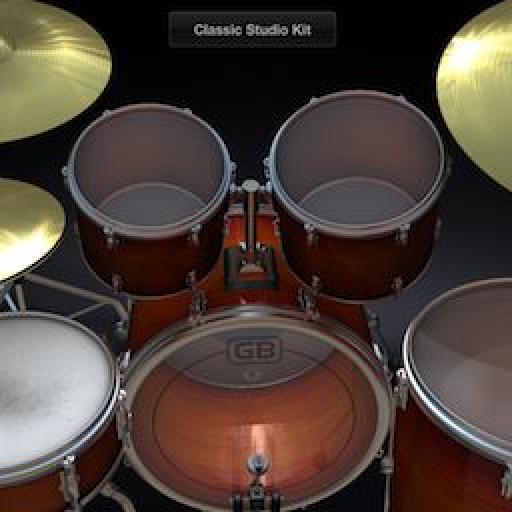So, let's start this article off with a little quote from a well known person:
“The arts can help students become tenacious, team-oriented problem solvers who are confident and able to think creatively.”
Does anyone know who said this? Please read on, the answer will appear somewhere within the article - no Googling allowed!
When I first started teaching music to Special Needs children, it was clear that, though communication was difficult for them, they had a great need and desire to do so. The opportunity to make music provides these students with an environment in which they can safely find a vehicle for their need to express themselves. In this article I will discuss how using the iPad in an ensemble setting can greatly augment what is already a powerful medium for communication. This can help build a student community in which the all important skills of listening, turn taking, cooperation, group collaboration, creative thinking and problem solving can be developed. As a result, the student gains a higher sense of self, knowing that they are helping to contribute to something greater than themselves.
Building a Strong Foundation
In order for each student to get the most out of their contribution to this ensemble, I have chosen to have them perform a structured improvisation, with the drums and bass providing the foundation. It's important to mention here that the group I've chosen for this activity is comprised of students who are already capable of following directions, keeping a steady beat, and playing various rhythms correctly and in time. Although the two students playing drums and bass will be playing assigned parts with specific notes, and not improvising, they understand the great importance of their role in this musical community. They know that it is crucial for them to listen very carefully to each other so that they can stay together, thereby laying a strong rhythmic and harmonic foundation for the rest of the players in the ensemble. The student drummer is using GarageBand's Drums, while the bass line is being played by a student using Animoog, pictured respectively below.
GarageBand's Drums.
Animoog.
Granting Freedom to Enable Responsibility
Two other students in this ensemble are using the Midi Touch app to trigger other apps residing on their iPads via virtual midi. ThumbJam and Addictive Synth are being used in this manner to provide a string pad and an electric piano sound, respectively. The students' Midi Touch interface is arranged so that they each have a limited amount of choices – enough to give them some freedom without confusing or overwhelming them. Each rectangular shape on the interfaces pictured below triggers a chord. The students were given the freedom to choose any chord they like, but they were assigned specific rhythms to play, thereby giving them the all important responsibility of playing their rhythms correctly while simultaneously making spontaneous choices as to which trigger to play. It was liberating for these students to see that they could safely choose from any of the triggers on their interfaces, and that as long as they stayed with the assigned rhythms, it would sound good. They were also aware of how their playing very positively contributed to the overall sound of the ensemble.
Four triggers in Midi Touch triggering four chords in ThumbJam.
Addictive Synth is triggered to play quartal harmonies via these six rectangles.
Bringing Order out of 'Kaoss'
The last two students in this ensemble were allowed to improvise more freely, with the aid of the iKaossilator and SynthX apps set to play a C minor blues scale. These two students learned how to hone their listening and turn-taking skills to a large degree, and came quite a long way in terms of their ability to play solo improvisations that highlighted their capabilities, without overpowering the rest of the ensemble.
Here is a great example of how enabling the use of iPads can be for my music students. The two above mentioned apps can be very easy to play if programmed in the manner mentioned. One may think that because the student can simply tap or slide their finger along the screen, that they are getting very little out of playing this way. However, in an ensemble setting, and with the proper guidance, the students are prompted to employ a great deal of discipline and control in terms of when, what, and how much they play.
iKaossilator.
SynthX.
So What About That Quote!?!
Oh, sorry! I almost forgot. Just in case you forgot too, it's worth repeating here:
“The arts can help students become tenacious, team-oriented problem solvers who are confident and able to think creatively.”
I think this quote applies especially to the art of music; particularly the 'team-oriented' phrase. Since live music making exists in real-time, and can only be successful if all of the members of that live performing ensemble are working together on multiple levels, simultaneously, towards the same goal, I think music is optimal for fostering the invaluable qualities mentioned in the above quote. But then again, I am a music teacher and musician, so I may be partial. Do you see it differently? Please chime in if you do.
Oh yes, I still haven't told you who delivered this wise statement. It was Arne Duncan, United States Secretary of Education. Gee, maybe those guys are on our side after all!









 © 2024 Ask.Audio
A NonLinear Educating Company
© 2024 Ask.Audio
A NonLinear Educating Company
Discussion
Want to join the discussion?
Create an account or login to get started!